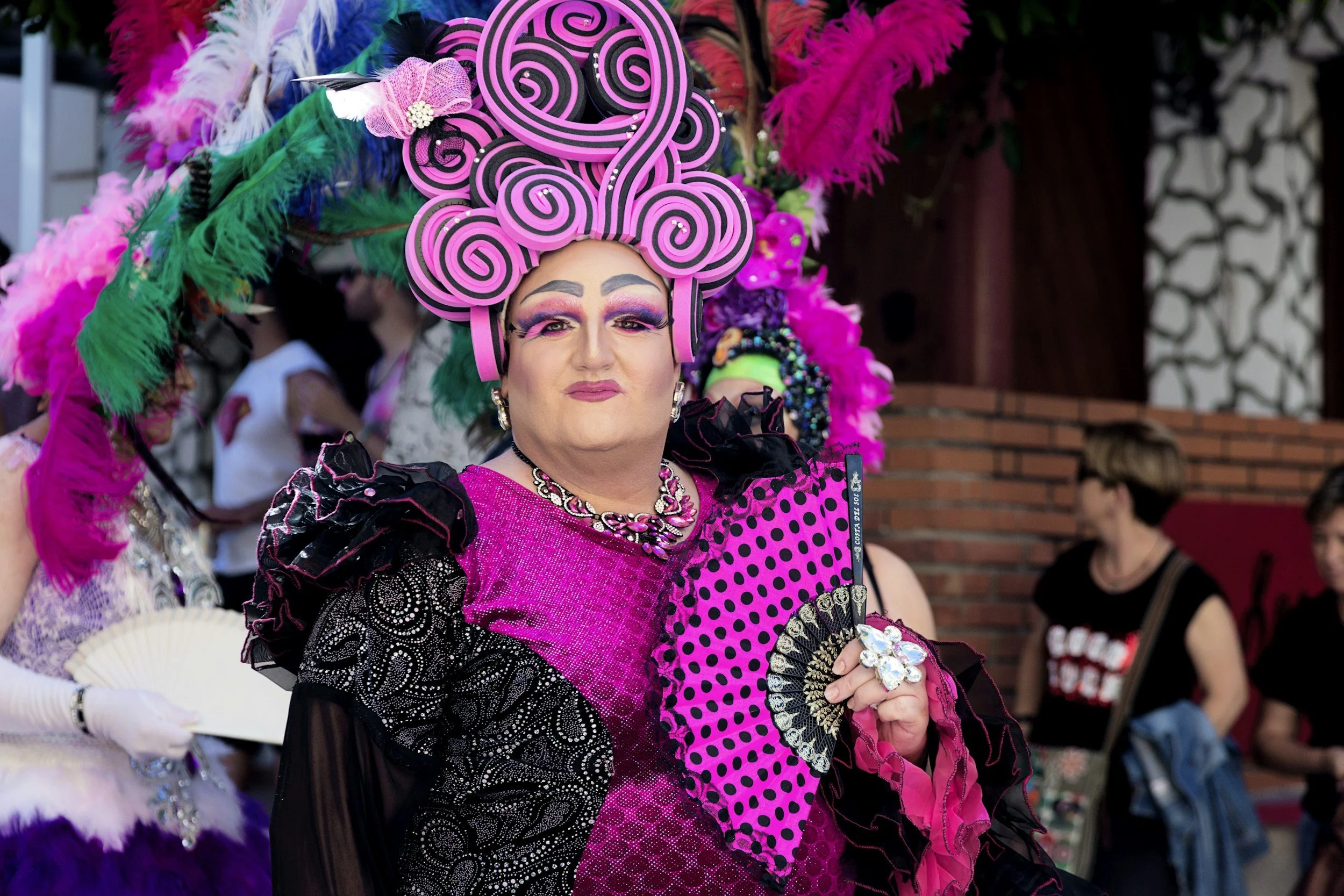DRAG CULTURE AND HOW IT HAS INFLUENCED THE WORLD OF FASHION
By: Anita Senaratna
In recent years, the fashion industry has seen a shift towards diversity, body-positivity and gender non-conformity. Thanks to the popularity of TV shows like RuPaul’s Drag Race, drag culture has come out of the (fashion) closet and into the spotlight, walking runways at Fashion Week, gracing the cover of Vogue and launching clothing lines.
The impact of the drag queen aesthetic is particularly evident in recent fashion trends towards bold makeup, exaggerated silhouettes, and statement accessories. Queer-owned brands like Wildfang, Kirrin Finch and Telfar have gained widespread recognition and mainstream brands like Pretty Little Thing and Nasty Gal have collaborated with Drag Race UK alumni Tayce and A’Whora on inclusive, non-gendered clothing collections. Tayce and fellow Drag Race runner-up Bimini have also signed modelling contracts with Next Models and Models 1 respectively.
SavageXFenty, the clothing line created by Rihanna, has been celebrated for its diverse models and its inclusive designs that can be worn regardless of size or skin tone. When asked if she would consider working with trans people, the singer received widespread praise for her response.
Although drag may have started as men impersonating women, it has evolved into something more fluid. Drag queens (or kings) can be any gender identity or sexuality, but at its core, drag is about creating over-the-top personas and characters that subvert gender norms and reclaim power in the face of discrimination and oppression. Many queens describe their drag alter-egos as a kind of armour that allows them to become a more confident version of themselves.
Image Source: Dustin Humes / @dustinhumes_photographyv
This shift is not exclusive to the fashion world, either - drag queens are also making their mark on the beauty industry, influencing the way we wear foundation, lipstick and highlighter.
RuPaul starring as the face of MAC’s Viva Glam campaign paved the way for other drag queens to be offered similar opportunities with brands such as Lush, Anastasia Beverly Hills and Huda Beauty. Drag performers like Trixie Mattel and Kim Chi have also launched their own make-up brands.
It is not hard to see why the average beauty consumer would want to take makeup advice from a drag queen. Drag makeup is similar to theatre makeup - it is a vital part of a queen’s transformation, and performing in front of an audience calls for bold colours and sharp contours that can be seen from the back of a dimly-lit bar. But before social media popularised beauty tutorials and dramatic makeup transformations, drag queens often learnt through trial and error, and sharing tips backstage.
Image Source: Quino Al / @quinoal
The growth of platforms like YouTube, Instagram and TikTok has been a game-changer for the beauty industry, as consumers look to their favourite influencers for inspiration and advice. Beauty enthusiasts in search of inspiration are no longer limited to content promoted by major brands and mainstream media outlets, which have often been slow to embrace diversity in their marketing and product ranges. The popularity of social media hashtags like #QueerFashion and #TransFashion suggest there is a demand in the queer community to see themselves represented in fashion.
Historically, fashion in the queer community has represented more than just clothing. It has served as a symbol of protest, a protective alter-ego, or a coded signal to communicate desire. It can take the form of a piercing in a particular ear, a wig and heels, a cuffed trouser leg or leather and latex at a Pride march.
When considering the role the queer community has played in shaping fashion trends, it’s important to remember that although there has been significant progress made on LGBT+ rights, the queer community continues to face varying degrees of discrimination around the world even today.
Cover Image: Alejandro Cartagena 🇲🇽🏳🌈 / @cartayen


